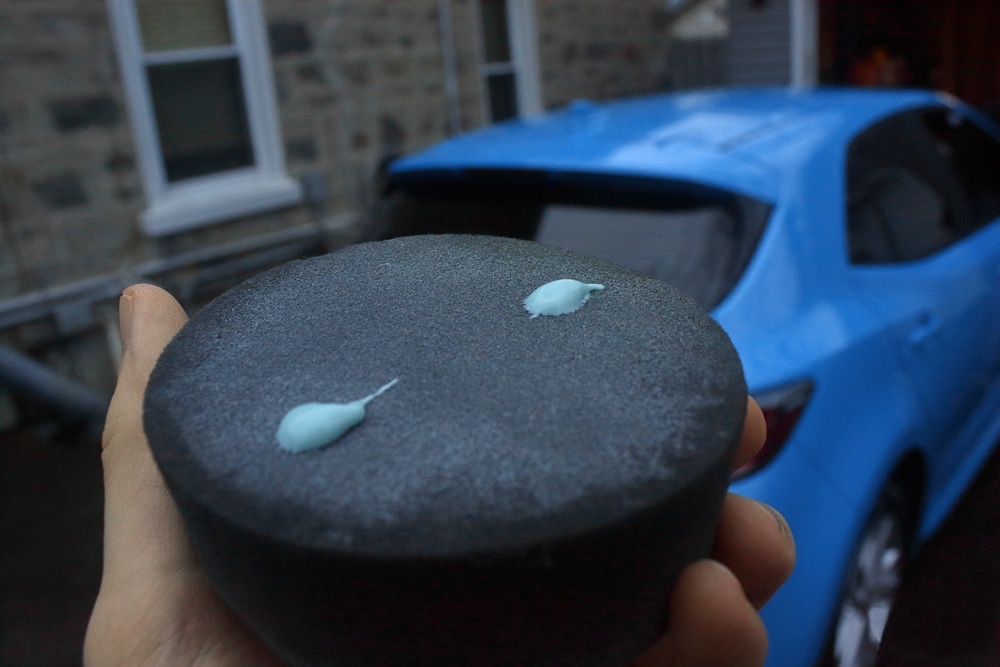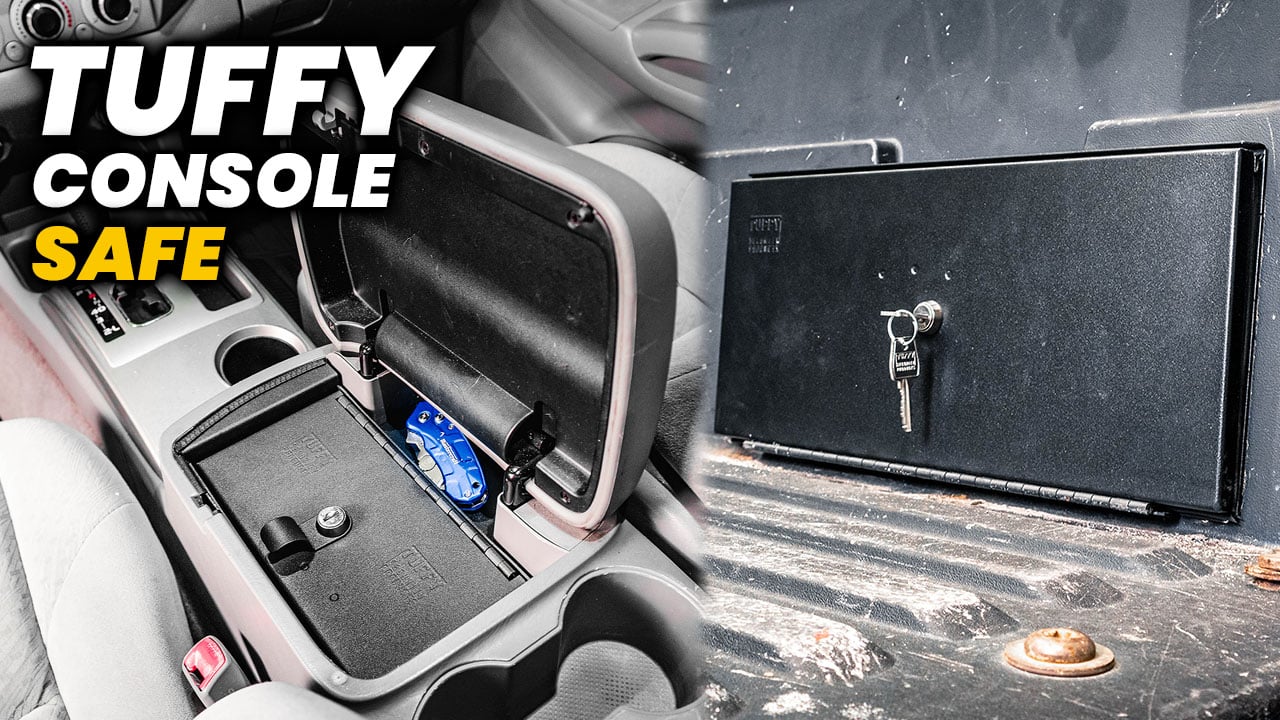How long to wait before waxing a new paint job is a common question people have after visiting a body shop. Whether you’ve just spent thousands of dollars on a fresh paint job or you’ve had an individual panel painted after an unfortunate incident, it’s important to care for it properly.
Of course, we want to protect our paint with a wax, sealant, or ceramic coating as soon as possible. If you ask any autobody technician if you can do it as soon as you bring the car home, they’ll likely tell you “no”. There are a few different variables that will determine exactly how long you need to wait but the most important thing is just that – you need to wait.
How long do you need to wait before waxing your fresh paint? In general, a minimum of 30 days. The waiting period can be longer depending on the products mixed in the paint and the way it was cured. It’s best to ask your painter directly and follow their advice.
What happens if you wax over a newly painted car?
Protecting fresh paint too soon can actually cause bigger issues than you might think. Why are people so concerned about this?
It all comes down to something known as “outgassing”. Simply put, fresh paint needs to be able to vent or exhale. There are certain solvents in the paint that need to evaporate into the atmosphere after it has been sprayed on a panel. This is why you might smell fresh paint for a few days after parking your car in a garage.
Sealing the paint with a wax, polymer sealant, or ceramic coating right away can cause more harm than good. It will seal those vapors in your paint, trapping them inside. Eventually, they’ll need to find a way to escape.
In the best case scenario, this is known as “solvent pop”. Solvent pop is basically tiny little pinholes in your clear coat where the vapors have been forced to burst through in order to escape. These holes often have a similar appearance to stone chips. Not a great look for a brand new paint job.
In more extreme cases, sealing fresh paint can cause a layer to “lift” and separate from the other layers. This is catastrophic failure when this happens and will require a complete repaint to fix. Essentially, starting over from scratch. Your painter might not be too impressed – and don’t expect them to warranty the work either.
How long to wait to buff a car after painting
Wet sanding and polishing a fresh paint job is a different story. Most of the time, this will have already been done before you even pick your car up from the body shop. Wet sanding is often considered to be an important part of the painting process for 2 reasons:
1. To level the surface in an effort to minimize orange peel (texture in the paint caused by the spraying process which is difficult to avoid)
2. To remove any possible dirt or contamination that might have fallen into the top layer of clear coat (sometimes referred to as “denibbing”)
Most body shops will wet sand a fresh paint job within 24 hours of spraying it. It’s becoming more and more common for body shops to speed up the curing time by baking it in a heated paint booth. A paint job that has been “heat-cured” rather than “air-cured” can be sanded and polished even quicker, sometimes as soon as 2 hours.
Wet sanding a car will leave a dull and hazy finish. In order to remove these sanding marks, compounding and polishing is required. This is safe to do right away because neither of these products will leave any protection behind. Getting these final steps right is what separates a decent paint job from a great one.
The reason I mention that is because many fast-paced body shops don’t spend the time on polishing to gain the last bit of clarity. Unfortunately, it’s very common for them to leave “holograms” behind when they’re finished buffing out the sanding marks.
Rather than using a wax or sealant, a body shop will apply a glaze on top of the paint when all is said and done. This is a product that will allow the paint to breathe the way it needs to. There is a downside to using a glaze and dishonest people will use it to their benefit:
It hides their laziness.
A glaze will fill in any remaining sanding marks, holograms, and swirl marks. They’ll be covered when you pick your vehicle up from the body shop and it’ll look great at the time. But once that glaze wears off, any steps that they skipped or cut corners on will be revealed. The really dishonest guys will blame you for not washing it safely. Not cool.
This is one of the biggest complaints detailers have about body shops. It seems as though we’re cleaning up their mess often. It’s not a big deal if you paid for a low budget job. But if you’ve been charged for a high end paint job, these things better be done right.
How long to wait to wash your car after painting
When you choose to wash your paint isn’t as crucial as when you wax it. If it’s cured enough for the body shop to allow it to go home, it’s fine to wash it. That doesn’t necessarily mean you should, though.
Your new paint might still be a bit soft as it continues to outgas and cure. What do we know about soft paint? It’s easy to scratch. The last thing you want to do is cause damage to a brand new paint job, so make sure you use the safest wash methods possible.
You won’t be able to use any spray waxes or polymer drying aids when drying it off though because of the chance of them sealing the gases in your paint. That means you could have a lack of lubrication during the drying process. This is less than ideal.
So if possible, avoid washing your car right away. Obviously, if you have any bug splatters or bird droppings, you’ll want to remove them from your unprotected paint. Soap and water won’t cause any harm. But if possible, waiting to wash your car for a couple of weeks is the smart option.
Detailing after paintwork
Many people will choose to bring their car to a detailer after it’s had paint work done. Why is that? Paint and bodywork is a very messy process. Those guys aren’t wearing masks for fashion. Dust gets everywhere in a body shop. They’ll usually do their best to clean it up after, but it isn’t always up to higher standards.
A body shop’s job is to fix your car and get it painted properly in a timely manner. Hiring someone else with an eye for intricate details might be worth the money if you’re on the pickier side. A detailer can clean up any remaining mess, deal with tape lines, and even remove any overspray that might be left behind.
Paint correction on a brand new paint job
It’s very rare for me to see an aftermarket paint job that couldn’t be improved upon with a proper paint correction. Even if they’ve put a respectable effort into the final steps, there might still be some holograms or sanding marks left behind. This might be due to them using less powerful lighting to spot defects or not having the tools to polish paint to perfection.
That doesn’t mean they did a bad job, it’s just the difference between the two industries. Body shops are in charge of the heavy lifting while detailers are in charge of chasing perfection. Everyone has their role.
It’s best to wait at least 30 days to have a paint correction done so that the detailer can protect the paint properly. This is a great time to have any ceramic coatings or paint protection film applied in an effort to make your new paint last as long as possible.
Does all this count for brand new vehicles too?
No, you do not need to wait for the paint to cure on a new vehicle that you’ve recently purchased. The paint is heat-cured in the factory and on top of that, it takes a while for a vehicle to be transported to you. Much like how your odometer likely won’t read “000,000”, your paint will already be a few weeks old too.
You’re free to apply a wax, sealant, ceramic coating, or paint protection film on a brand new vehicle as soon as you bring it home.
When in doubt:
If you have any uncertainty when it comes to when you should wax your new paint job, talk to the person that painted it. They’re the only ones that know exactly what they mixed in the paint and how it was cured. If they tell you that you’re safe to wax it within a week, you probably are. If they tell you to wait 6 months, listen to them – even if the internet says otherwise.

Tim is the creator of Canadian Gearhead. His experience with auto detailing and working for Toyota shows through all of the articles posted here. He runs the Canadian Gearhead site and YouTube channel full-time now and currently owns a 2007 4runner, 2006 Tacoma, and 1991 MR2. Read more about Tim:








Leave a Reply